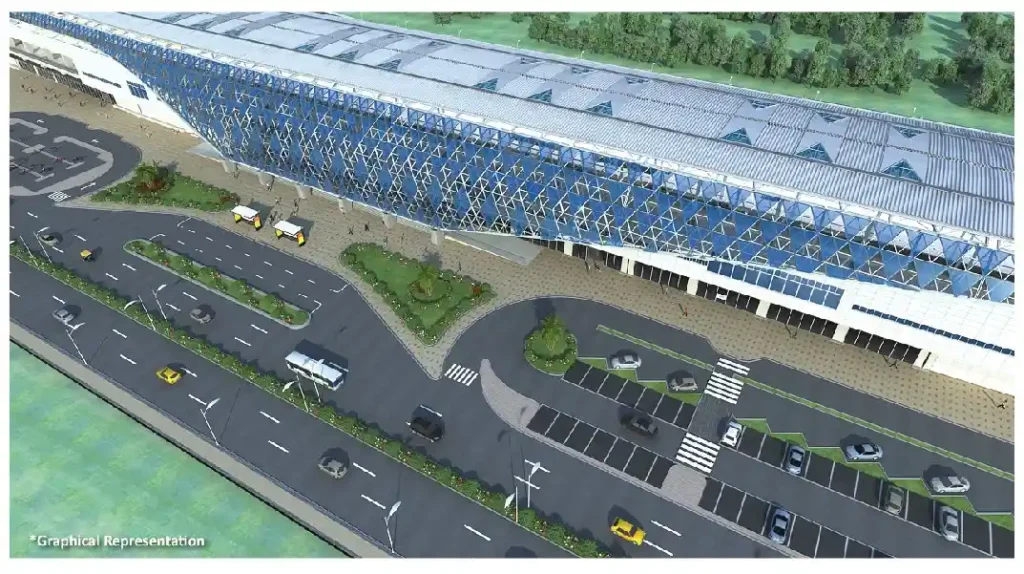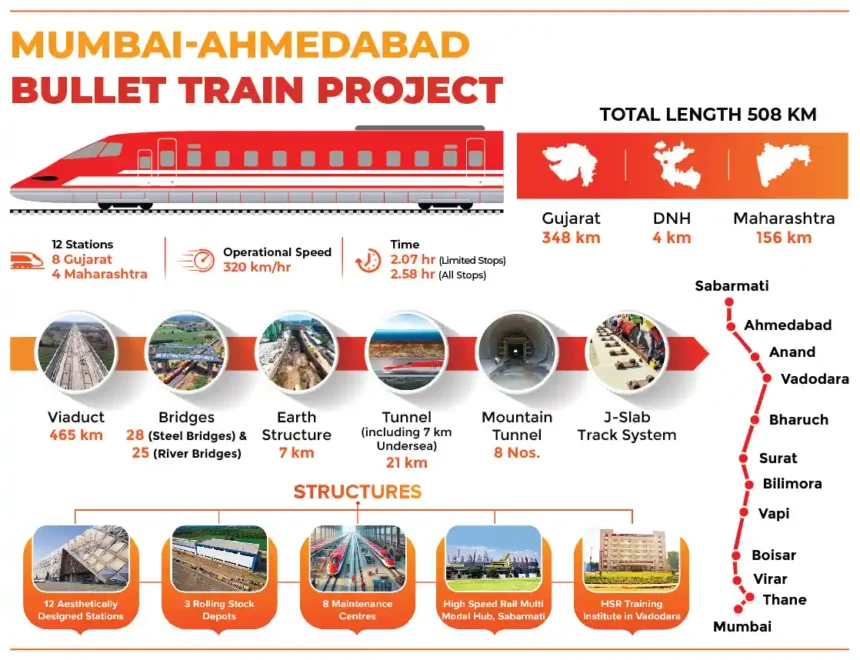Overview
Indian Railways is undergoing a major transformation, aiming to modernize its vast network, which spans over 68,000 km. The government has announced plans to introduce 1,000 new trains in the next five years, alongside launching bullet train services by 2027, particularly focusing on the Mumbai-Ahmedabad high-speed corridor. This initiative, led by Union Minister Ashwini Vaishnaw, seeks to enhance connectivity, reduce travel times, and position India as a global player in rail technology.

Details on the Plan
The plan includes significant infrastructure expansion, with 35,000 km of tracks added in the last 11 years, and an annual addition of 5,300 km. Manufacturing has also scaled up, with 30,000 wagons and 1,500 locomotives produced yearly. Investment has increased from Rs 25,000 crore to Rs 2.52 lakh crore, with additional funding from public-private partnerships (PPPs) amounting to Rs 20,000 crore.
Bullet Train Project
The Mumbai-Ahmedabad bullet train, a flagship project, is 508.18 km long, featuring 12 stations and using Japanese Shinkansen technology. It aims to operate at 320 km/h, reducing travel time to just over two hours. As of May 2025, 300 km of viaducts have been completed, with the project costing Rs 1.6 lakh crore, 81% funded by Japan through a low-interest loan. The initial Gujarat section is targeted for end-2027, with full operations by 2028.

Public Reaction and Challenges
While the plans are ambitious, there is skepticism due to historical delays, such as land acquisition issues for the Mumbai-Ahmedabad corridor, which faced postponements from 2018 to 2019 due to farmer protests. Despite this, the government emphasizes long-term benefits like economic growth and improved safety, with an 80% reduction in rail accidents over the past decade.

